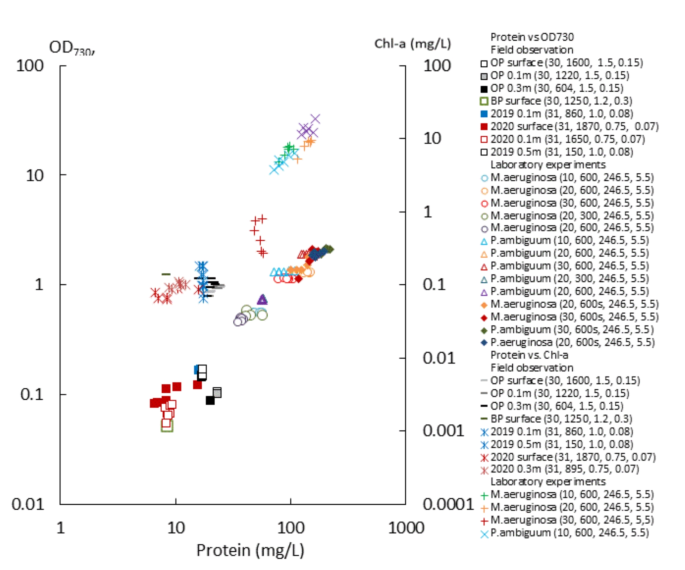Harnessing Hydrogen Peroxide to Control Cyanobacteria Blooms in Natural Water Bodies
Key Ideas
- Cyanobacteria blooms pose environmental and health risks due to toxic metabolites. Effective management systems are crucial for natural water bodies.
- Oxidative stress, induced by reactive oxygen species (ROS) like hydrogen peroxide, affects cyanobacteria physiology and biomass.
- Research explores the use of hydrogen peroxide to suppress cyanobacteria blooms through artificial endorsement and biological generation methods.
- Understanding the relationship between solar radiation, H2O2 concentrations, and antioxidant enzyme activities is vital for developing efficient bloom prevention strategies.
Cyanobacteria are crucial for ecological balance but their blooms can be harmful due to toxic metabolites. These organisms face various stresses like metal ion toxicity and temperature, with oxidative stress impacting their growth and physiology. ROS, particularly hydrogen peroxide (H2O2), play a significant role in cyanobacteria's response to stress. The study highlights the vulnerability of cyanobacteria to H2O2 toxicity and explores methods like artificial endorsement and biological generation of H2O2 to control blooms. Solar radiation influences H2O2 production, with diurnal variations affecting cyanobacteria damage levels. Developing a prediction model for estimating H2O2 content based on solar radiation exposure is essential. The research aims to enhance understanding of the relationship between light regimes, ROS production, and antioxidant enzyme activities in cyanobacteria, contributing to the development of effective strategies for managing cyanobacteria blooms in natural water bodies.
Topics
Production
Biomarkers
Oxidative Stress
Photosynthesis
Solar Radiation
Antioxidant Enzymes
Cyanobacteria
Biological Generation
Diurnal Variations
Latest News
